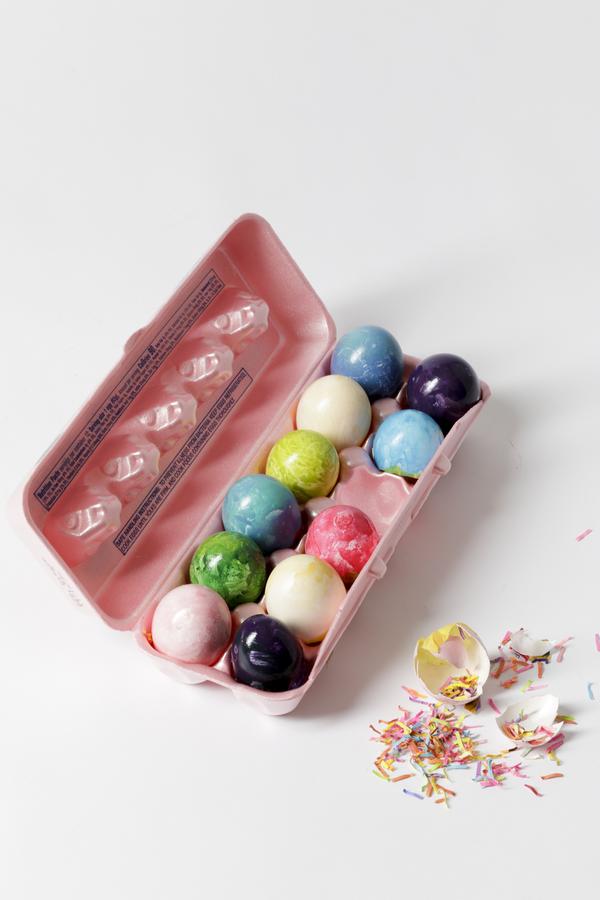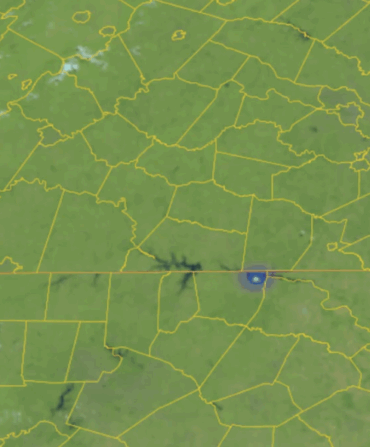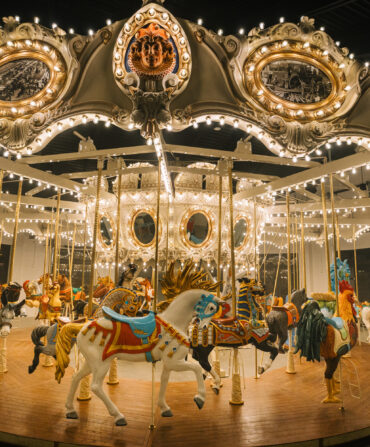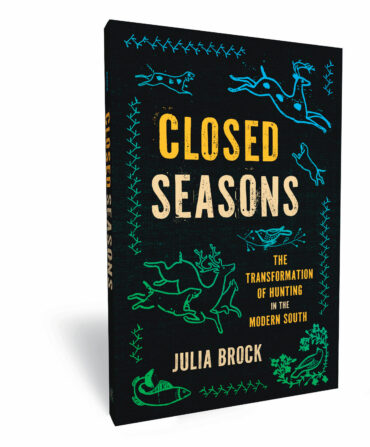When Rebecca Gardner, an event designer and the mastermind behind the entertaining-focused shop Houses & Parties, was growing up in South Texas, spring trips across the border meant bringing home all manner of Mexican Easter favors. The haul usually included “hundreds of cascarones, insanely gigantic piñatas, and flats of rock-hard gum in pastel colors,” Gardner remembers.
To those uninitiated in the world of the cascaron, which means “shell” in Spanish, the favor functions almost like a tiny piñata: an empty chicken eggshell gets decorated and filled with confetti. Then, “the Easter Bunny hides these in the bushes, and children crack them over each other’s heads after the egg hunt,” Gardner says, adding that, “a squealing surprise attack from behind is most entertaining.”
The history of the tradition traces back to China, where Marco Polo acquired fancier versions filled with perfumed powder and brought them to Italy and Spain. In 1860, according to Gardner, “They became very popular in Mexico when Emperor Maximilian brought European cascarones to his wife.”
Gardner’s take on the idea involves the work of multiple Texas artisans who collect eggshells all year long. In a process similar to the first steps used to dye Easter eggs, they remove the yolk, carefully rinse the shells, and decorate and fill them with paper confetti.

The delicate method results in tiny works of art almost too pretty to use. But, as Gardner says: “If you keep a cascaron on a shelf, you miss all of the fun.”
Shop for your own cascarones here.








